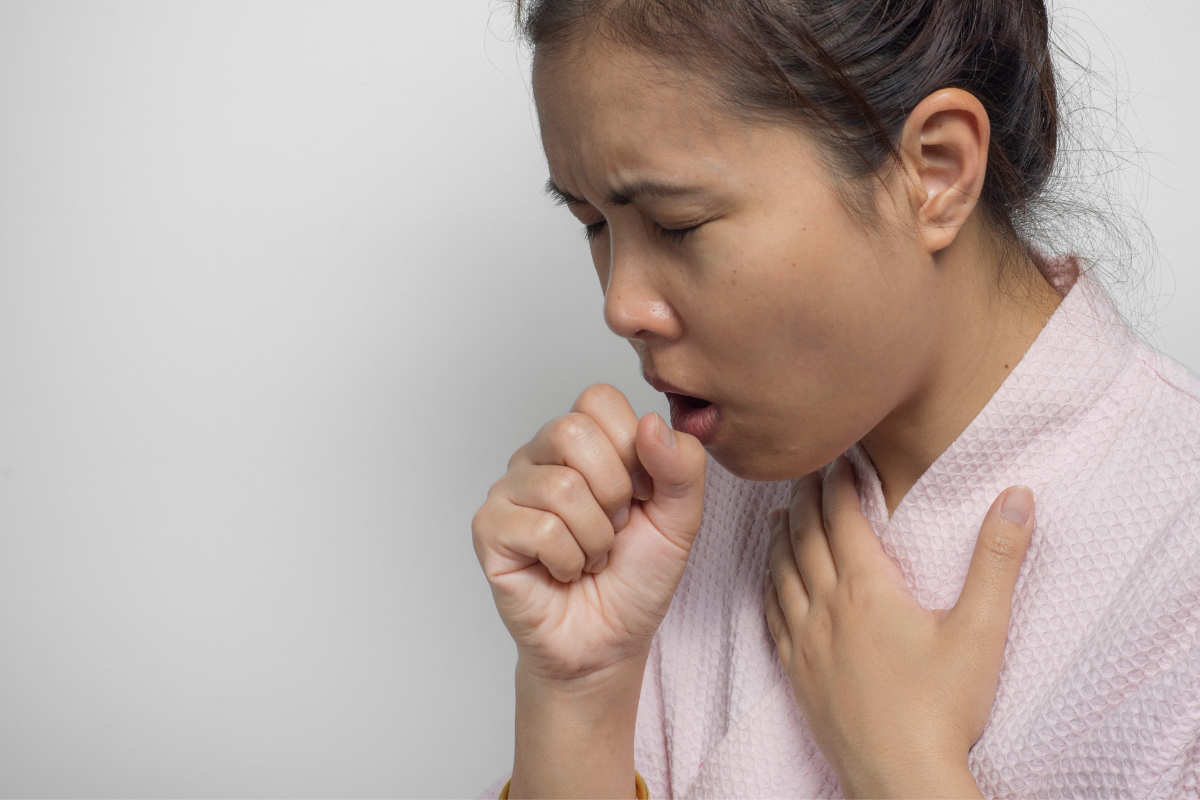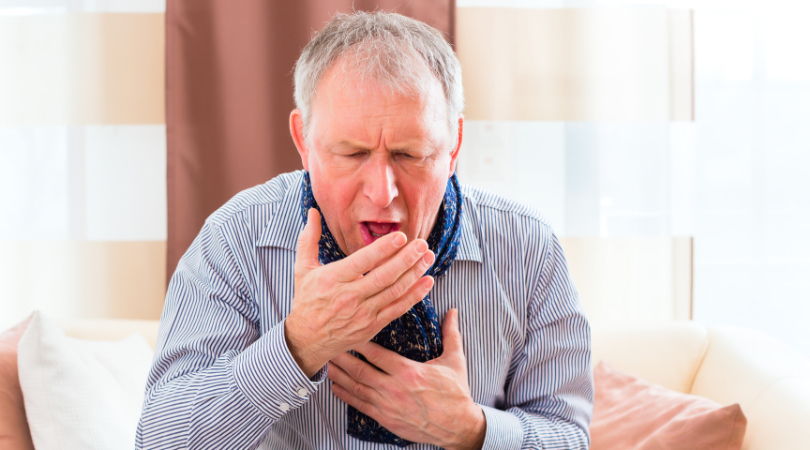Breathing Exercises for COPD

Chronic obstructive pulmonary disease (COPD) refers to a group of diseases including chronic bronchitis and emphysema that makes it difficult to breathe. Symptoms include trouble breathing, coughing, wheezing, and excess mucus.
These symptoms can worsen over time, but simple breathing exercises for COPD can strengthen the muscles you use to breathe, reducing breathlessness and improving quality of life.

Pursed Lip Breathing
Pursed lip breathing is a useful exercise to help control shortness of breath. It helps slow the pace of breathing, making each breath more effective and lowering anxiety.
How to perform pursed lip breathing:
- With your mouth closed, keep a deep breath in through your nose for a count of two.
- Put your lips together like you’re about to blow out candles on a cake.
- Breathe out through your pursed lips for a count of four.
- When first starting, you may need to start with breathing out for a count of two and then work up to four.
Pursed lip breathing can be a useful technique when starting a challenging activity like carrying bags or climbing stairs.

Deep Breathing
When air gets trapped in your lungs, it can cause shortness of breath. Deep breathing is a COPD treatment breathing exercise to help to prevent this.
How to perform deep breathing:
- Sit in a chair or stand with your elbows slightly back to allow your chest to expand more fully.
- Take a deep breath in through your nose.
- Hold your breath for a count of five.
- Slowly exhale through your nose until you feel all the air has been released.

Diaphragmatic Breathing
The diaphragm is one of the most important muscles for breathing. Because people with COPD often get air trapped in their lungs, they often use their shoulder, neck, and back muscles for breathing more than the diaphragm. Diaphragmatic breathing helps retrain the diaphragm to work more effectively.
How to perform diaphragmatic breathing:
- Sit in a chair or lie down with your shoulders relaxed.
- Put a hand on your chest and place the other hand on your stomach.
- Take a breath in through your nose for a count of 2 seconds. You should feel your stomach move outward.
- Purse your lips and slowly exhale through your mouth while pressing lightly on your stomach.
Don’t be surprised If this exercise is difficult and tiring at first. Breathing exercises for COPD become easier with practice.

Controlled Coughing
One common symptom of COPD is mucus building up in the lungs. Controlled coughing helps cough up mucus more effectively so it doesn’t cause airways to collapse.
How to practice controlled coughing:
- Sit in a chair, leaning slightly forward with both feet on the floor.
- Fold your arms across your stomach.
- Breathe in slowly through your nose.
- Lean forward, pressing your arms into your stomach and exhale with two to three sharp coughs through a slightly open mouth.
This technique loosens the mucus and then coughs it up and out of the body.
All of these breathing exercises for COPD work best when they have been practiced. Try these COPD treatment breathing exercises several times a day to help gain more control.
Crossroads Hospice & Palliative Care provides support to individuals with COPD at any stage of their illness. Palliative care can help control symptoms in early stages of COPD, while hospice care provides added comfort care when approaching end of life. Call 1-888-564-3405 to learn more about COPD hospice eligibility.
If you found this information helpful, please share it with your network and community.
Copyright © 2021 Crossroads Hospice & Palliative Care. All rights reserved.




